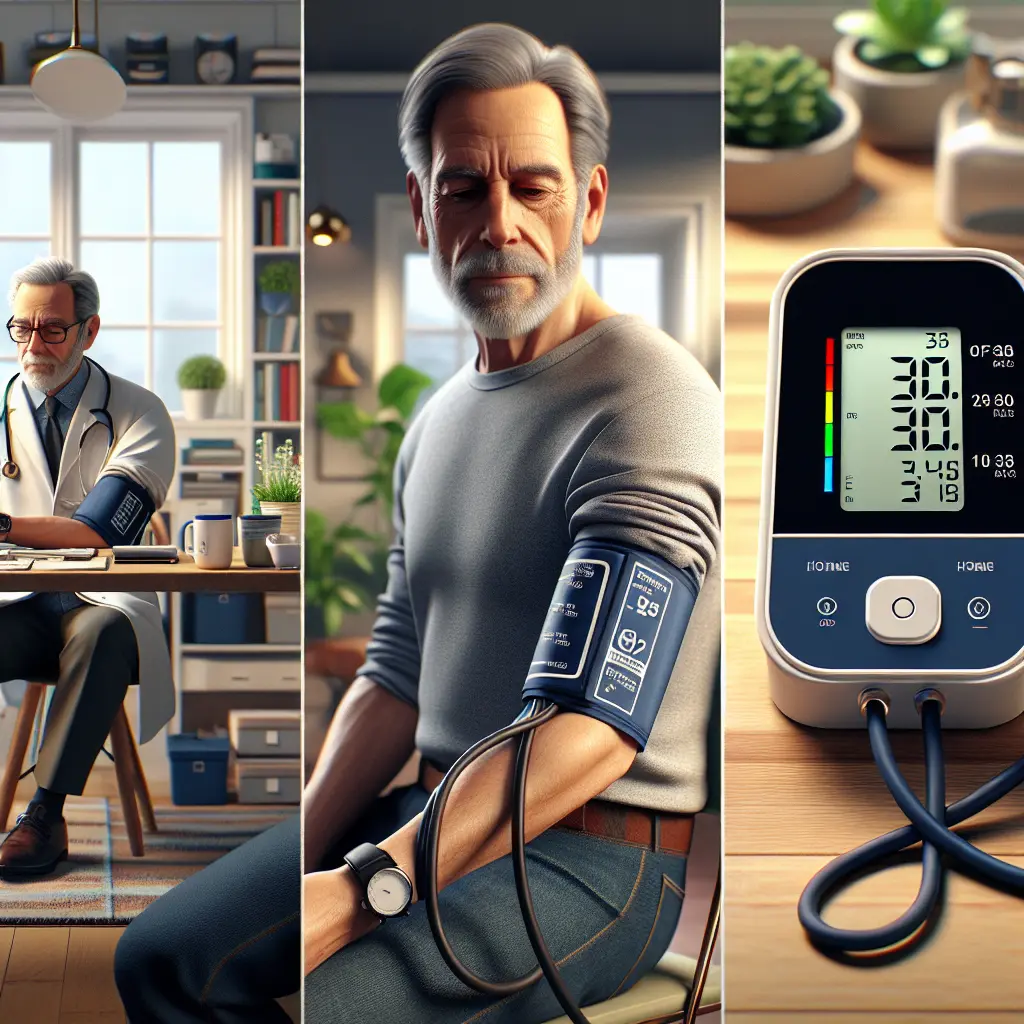White coat hypertension (WCH), often referred to as white coat syndrome, is a phenomenon where patients exhibit elevated blood pressure readings in a clinical setting but maintain normal levels in their everyday lives. This condition raises important questions about the accuracy of hypertension diagnoses and the implications for patient health. Understanding WCH is crucial for both healthcare providers and patients, as it can influence treatment decisions and long-term health outcomes.
White coat hypertension is characterized by a significant difference between blood pressure readings taken in a medical office and those measured at home or through ambulatory monitoring. Typically, WCH is defined as having clinic blood pressure readings of 140/90 mmHg or higher while maintaining an average ambulatory blood pressure of less than 130/80 mmHg. This discrepancy is often attributed to anxiety experienced by patients during medical visits, which can lead to temporary spikes in blood pressure.

The prevalence of white coat hypertension varies significantly among different populations. Studies suggest that WCH affects approximately 15% to over 50% of patients with mildly elevated office blood pressure readings. Notably, it appears more frequently in certain demographics:
While white coat hypertension may seem benign, recent research indicates that it is associated with an increased risk of developing sustained hypertension and cardiovascular events over time. For example, individuals with WCH have been found to have a 2.5-fold higher risk of transitioning to sustained hypertension compared to normotensive individuals. Additionally, they may exhibit signs of target organ damage, such as increased left ventricular mass and subclinical carotid damage, which can lead to serious cardiovascular conditions.
Diagnosing white coat hypertension typically involves several methods:
Each method has its advantages and limitations:
| Method | Advantages | Limitations |
|---|---|---|
| Office Measurement | Quick and easy to perform | May not reflect true blood pressure due to anxiety |
| Ambulatory Monitoring | Provides comprehensive data over 24 hours | Requires patient compliance and equipment |
| Home Monitoring | Convenient and allows for frequent checks | May be affected by incorrect technique or device calibration |
Understanding how to manage white coat hypertension is essential for reducing its impact on health outcomes. Here are some practical strategies:

The implications of white coat hypertension extend beyond individual health. Misdiagnosis or over-treatment due to WCH can lead to unnecessary medication use, increased healthcare costs, and additional stress for patients. Moreover, the growing recognition of WCH highlights the need for improved diagnostic practices within healthcare systems.
White coat hypertension is a significant clinical phenomenon that warrants attention from both healthcare providers and patients. While it may not pose immediate health risks for most individuals, its association with long-term cardiovascular issues cannot be overlooked. By employing effective management strategies and utilizing appropriate diagnostic methods, patients can better navigate this condition.
By understanding white coat hypertension better, patients can take proactive steps towards managing their health effectively.